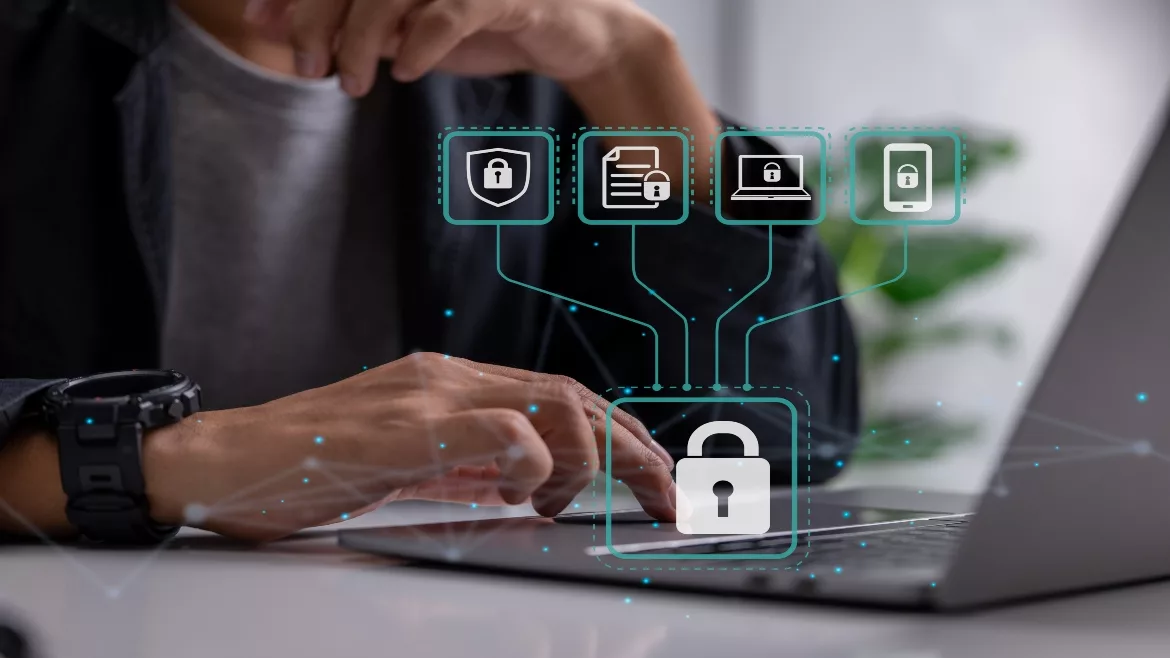5 steps to strengthen cybersecurity defenses in wake of Ukraine-Russia crisis

With the ongoing events in Ukraine, it is to be expected that the type of cyberattacks will become more aggressive, advanced, and persistent due to the involvement of state actors and organized crime.
In fact, Conti, a ransomware gang affiliated with Russia, has gone public with the intent to engage in retributive actions against governments that introduce sanctions against its host state. These threats should not be taken lightly, as anyone can become a victim of these extremely threatening cyberattacks — both directly and indirectly.
In today’s current situation, the threat largely seems to apply to industries that are utilitarian, relevant to government or social function — or simply large enterprises that are high-profile and would thus generate media attention.
Given our ecosystem and supply chain, even if organizations might not directly be a target, it has been seen that organizations can still indirectly be affected by the cyberattacks of companies they interact with or subcontract with.
Though it sounds daunting, actions are available to strengthen an organization’s cybersecurity posture.
Below are five practical steps for increasing an organization’s security posture:
1. Analysis
Threat intelligence is critical in analyzing potential cyber threats. It enables organizations to evaluate the validity and impact on the organization.
Organizations benefit from high-quality threat intelligence feeds and suppliers with historical knowledge and experience with relevant threat intel related to state-related attacks. If an organization does not have threat intelligence sources, free and publicly available options can be utilized. For example, government CERTs, industry-specific publications, and vendor reports are good sources for threat intelligence and proactive measures.
It is important to integrate threat intelligence into other security solutions within an organization, whether through STIX/TAXII or directly.
2. Detection
A good cybersecurity defense requires an effective detective mechanism based on the foundational mechanism of Sysmon to allow the detection of a wide range of attacks. One of these is ransomware, a mainstay amongst instigators perpetrating advanced and persistent cyberattacks. An example would be PowerShell activity, common to almost all types of malware in the wild.
Organizations should start with the Sysmon configuration template hosted here. Sysmon can be downloaded from the dedicated Microsoft Page and deployed through Group Policy. Deploy it on endpoints as well as servers for holistic protection.
3. Protection
Account control is one of the most important aspects of an organization’s security. Whether petty criminals or governments, all entities utilize the strategy of gaining control of valid credentials.
Most security solutions are equipped to deal with account takeover. Looking for sophisticated solutions that detect, investigate and respond automatically will help an organization from start to finish.
However, owning a sophisticated and automated solution is not necessary to secure an organization’s accounts. Restricting privileges and setting up password requirements in Active Directory is the first essential step toward account security. This is also doable with orchestration solutions if the organization’s environment is mixed or Linux-based or has a wide fleet of virtual machines.
Account control provides a countermeasure to some of the most destructive strains of malware, such as ransomware, including Conti’s, as described above. Regular security best practices are just as important, for example, regular periodic backups, multi factor authentication (MFA), etc.
However, in the situation of Conti, when actors announced malicious intent as opposed to pure financial benefit, organizations should look at less explored controls — such as segmenting away the most valuable infrastructure, primarily data, given the nature of the adversary, as well as implementing at the very least a basic honeypot.
The latter would be important for rapid detection; even a single server not accessed by users is easy to monitor through almost any solution — and most ransomware tactics still involve discovery and lateral movement that will eventually touch it as well.
4. Response
In the modern environment, it’s crucial to have a centralized overview. This can be achieved by a basic log management solution or more advanced solutions, like a SIEM. A SIEM provides the ability to contextualize, evaluate, validate, and investigate across multiple security controls, giving operations and response teams a much-needed health overview of an organization’s IT infrastructure resulting in a quicker response to potential threats.
Once you have a SIEM or other aggregation/orchestration solution, it is easy to configure a much tighter feedback loop in terms of time-to-detect of a particular threat. For example, a SIEM can implement alerting configured to detect wider patterns than a singular message.
5. Recovery and Business Continuity
From a resilience perspective, engage, test, and run drills on the business continuity plans. Organizations should expect to be impacted and ensure that staff is trained, systems have restoration capability, and response teams have the necessary tools to recover from an impact on their IT infrastructure.
A common capability in any recovery situation would be to have recovery tools such as incident management, communications channels, restoration points etc. If the IT infrastructure is unavailable due to an attack, the incident team will need platforms to manage the incident, communicate, access recovery plans and access data recovery points.
These steps should increase an organization’s security posture to protect against any potential attacks related to the ongoing Ukraine-Russia crisis. It is important to realize that there is no perfect security strategy, but a defender can, with a bit of effort, make it significantly more difficult for a sophisticated attacker to succeed.
Looking for a reprint of this article?
From high-res PDFs to custom plaques, order your copy today!







